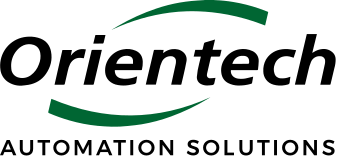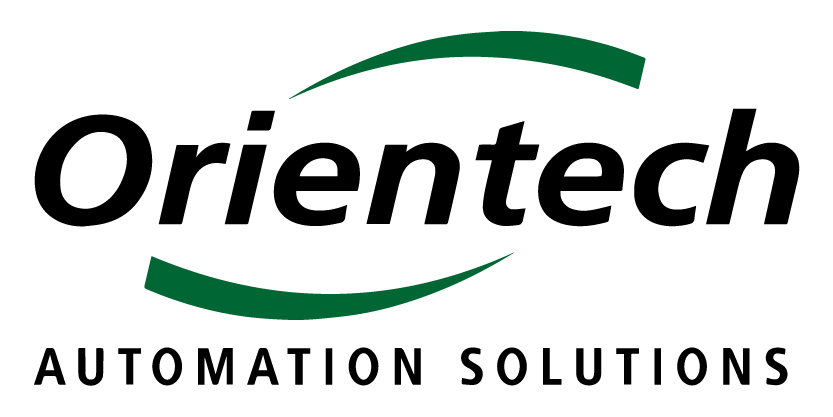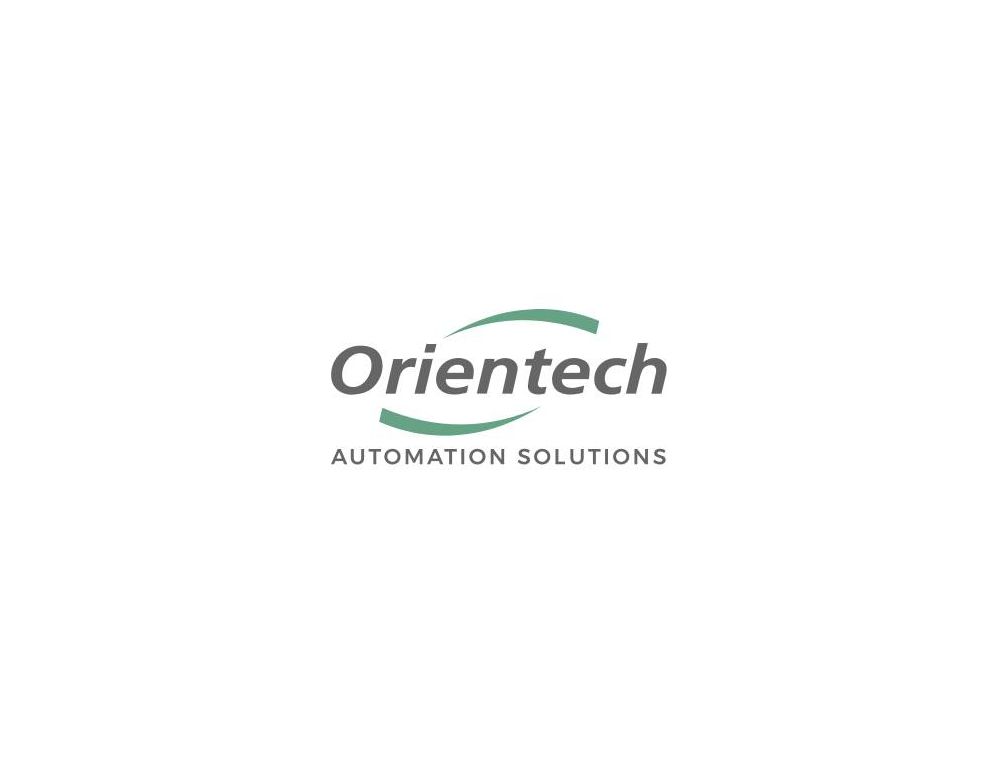Continuous or Indexing, that is the question.
Automated assembly systems have become an essential part of the plastic manufacturing process. The two main types of automated assembly systems are continuous motion and indexing motion. Each of these systems has its own unique advantages when it comes to parts assembly.
Continuous motion systems are best suited for high-volume assembly applications. This type of system uses different tracks and conveyors to move parts from station to station. The parts are assembled as they move along the equipment entering assembly turrets. This allows for a very fast assembly rate and high precision. The continuous motion system is ideal for large-scale production lines.
Indexing motion systems are best suited for lower volume and sometimes more complex applications. This type of system uses a series of indexing plates and tracks to move parts from station to station. The parts are assembled as they move along the indexing plates. This allows for precise assembly at often lower costs than the continuous motion system. The indexing motion system is ideal for smaller production lines or lower volume applications.
Choosing the right system builder and partner is key to success when it comes to automated assembly systems. It is important to choose a system builder that understands your specific needs and can provide the right combination of speed, accuracy, and cost-efficiency.
{hashtag|\#|automationsolutions} {hashtag|\#|injectionmolding}


